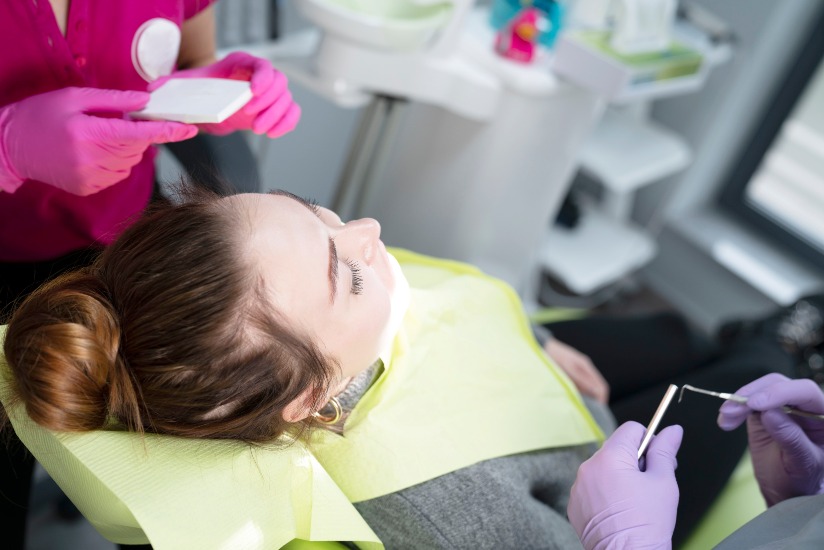480-831-8022
Wisdom Tooth Anesthesia: Everything You Need to Know
Having your wisdom teeth removed is pretty common. When wisdom teeth come in, they may cause problems, crowding the other teeth or only erupting partially, which leaves you open to infection. The removal is a surgical procedure, so it’s performed with anesthesia, and there are many different ways this is done. Do they put you to sleep for wisdom teeth? In some cases, yes, but it’s far from the only option. Let’s take a look at the different methods of wisdom teeth anesthesia.

The Different Types of Anesthesia
- Sometimes, all that’s required is a local anesthetic. This simply numbs the immediate area and doesn’t affect the rest of your body. You’ll be awake during the procedure, which is good in some cases, but may not be comfortable if the procedure is too complex or takes a long time.
- If you’re nervous, your doctor may recommend using laughing gas. Wisdom teeth removal can be stressful, and laughing gas (nitrous oxide) is a safe, effective way to help you feel more comfortable. In some cases, your doctor may use nitrous oxide in combination with a sedative, and if that’s the situation, you’ll need a ride home. Laughing gas does not numb the pain, so you’ll still need some sort of anesthetic for that, but it is preferable for those who are uncomfortable with being rendered unconscious or who have had a negative reaction to general anesthetic in the past.
- In some cases, the best option is general anesthesia. If you’re undergoing wisdom teeth removal, laughing gas vs. anesthesia comes down to how much you want to be aware of and how comfortable you are with being unconscious. With general anesthesia, you will go to sleep before the surgery and wake up afterwards, with no awareness of any sensation during the procedure. With nitrous oxide, you’ll be conscious enough to follow your doctor’s instructions for things like moving your head while you’re undergoing the wisdom teeth removal, but you are unlikely to have any memories of the procedure afterwards.
- IV sedation induces a twilight state, between sleeping and waking. You’ll be comfortable and pain-free while you’re undergoing the removal, and only partially aware of anything that’s going on. You won’t have a recollection of the procedure after it’s over.
How Long Does Anesthesia Last?
Wisdom teeth anesthesia generally wears off after a few hours. The more heavily you’re sedated, the longer it will take for the anesthesia to dissipate. If you’ve been under general anesthesia, you should plan to have someone drive you home, but if you have laughing gas, you can drive yourself. After a local anesthetic, you should be back to normal within about 30 minutes. Be careful with the medication you take for pain after the procedure, following your doctor’s instructions, because some pain medications can also make you feel groggy or impaired.
Contact Tempe Smiles for Wisdom Tooth Extractions
The most important thing to do if you need to have your wisdom teeth removed is to find a dentist you can trust with decisions like anesthesia. For quality dental care in the Tempe, Arizona area, look to the knowledgeable, experienced dentists at Tempe Smiles Family Dental. A full service dental office offering a wide range of comprehensive dental services, we are committed to a whole-mouth approach to dentistry. We provide general and family dentistry, along with cosmetic and restorative dentistry, using contemporary clinical techniques and modern technology to provide comfortable and efficient treatments, delivering gentle, precise care for your entire family. Because we offer all of our treatments in a single office, we can provide our patients with a personalized experience, improved comfort, and excellent results. We’re committed to working with you to ensure you are satisfied with the look and health of your smile. For more information or to request an appointment, call us at 602-830-7500 or contact us through our website.
